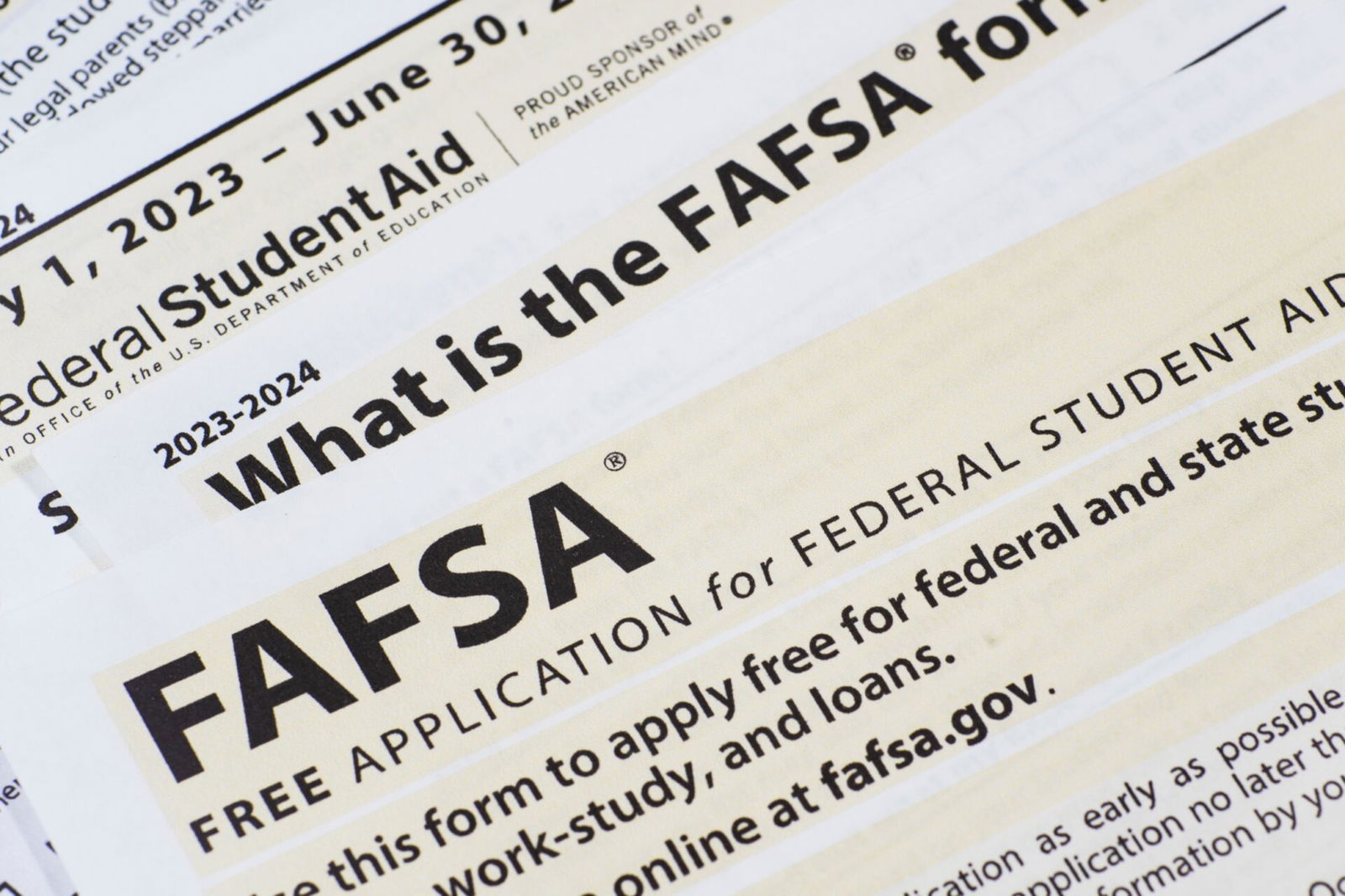
December 18, 2023
FAFSA To Undergo Dramatic Changes This Upcoming Cycle
FAFSA has implemented new changes to its form this year, drawing comments regarding its restructured application and distribution model.
FAFSA has revamped its application process this year, switching to a shorter form and changing how financial aid is distributed.
For every college student entering the new school year, the Free Application for Federal Student Aid (FAFSA) can often be a source of immense stress. However, this year, the U.S. Department of Education has implemented changes to make the task easier for parents and students.
In an interview with PBS News, Danielle Douglas-Gabriel, an economics and finance expert at The Washington Post, broke down these recent modifications and what they could mean for students and universities.
“So there are a lot of really important changes to this form, one being fewer questions instead of 106 are down to 36 questions, which is great for families,” said Douglas-Gabriel. “Also, there are far more people who will qualify for the maximum amount of the Pell Grant Award. This is a form of federal aid that goes to low and middle-income students. Now, instead of only a few million being able to qualify for the max, another 1.5 million students will get the full max, which at this year stands at over $7,000.”
The crux of this year’s FAFSA model is its newest aid calculation methodology, which differs from previous years. According to Forbes, rather than use the expected family contribution (EFC) metric to determine aid eligibility, FAFSA has moved to a Student Aid Index (SAI). Though both methods function similarly, there are still some distinguishments between the two. For instance, dependent students of separated or divorced parents must report the income of the parent who offers the most financial support as opposed to the parent they live with for most of the year.
Additionally, families with multiple children in college are not given special consideration for financial aid. Instead, universities can choose to adjust aid packages on a case-by-case basis. This means these households may receive less financial assistance for the 2024-25 school year.
Some people have expressed concerns regarding FAFSA’s changes, mainly how they can be applied given the country’s rising inflation rate and delayed release of updated SAI tabes. According to CNBC, FAFSA’s new model is based on outdated consumer price index figures from 2020, which fails to anticipate the effect of inflation. “In prior years, it wouldn’t matter all that much because inflation was low,” said Kalman Chany, a financial aid consultant and author of The Princeton Review’s Paying for College. “Given the high inflation in the past few years, the tables should be adjusted by a tad more than 18%.”
However, the Department of Education plans to rectify this in the next application cycle. “The Department says they’re aware of it. They’re going to fix it for the next cycle. But for this upcoming cycle, the ’24, ’25 academic year, there are a lot of students who may not get as much aid as they are actually entitled to,” said Douglas-Gabriel.
Regarding the application’s late release, she cited many factors.
“All of these moving parts and pieces are happening at the same time, as the department has a laundry list of policy projects to try to get done, including making it easier for public servants to get loan forgiveness to make it easier for people who have been paying back their loans for 20, 25 years to get some loan forgiveness as well, in addition to lots of other policy priorities, and there are only but so many people at the department and they’re all working on all these very important policies,” she revealed. “So, as a result, the department says there have been some delays.”
Douglas-Gabriel offered advice for incoming applicants in light of FAFSA’s changes.
“Don’t be frightened; I have to say this forum is a lot simpler and a lot easier to access than what I filled it out many, many moons ago. And I think that’s a great thing, right? It’s a lot shorter. It’s a lot more intuitive. And it should be really helpful for parents to get through this with ease.”
FAFSA’s new form will go live at the end of December this year.